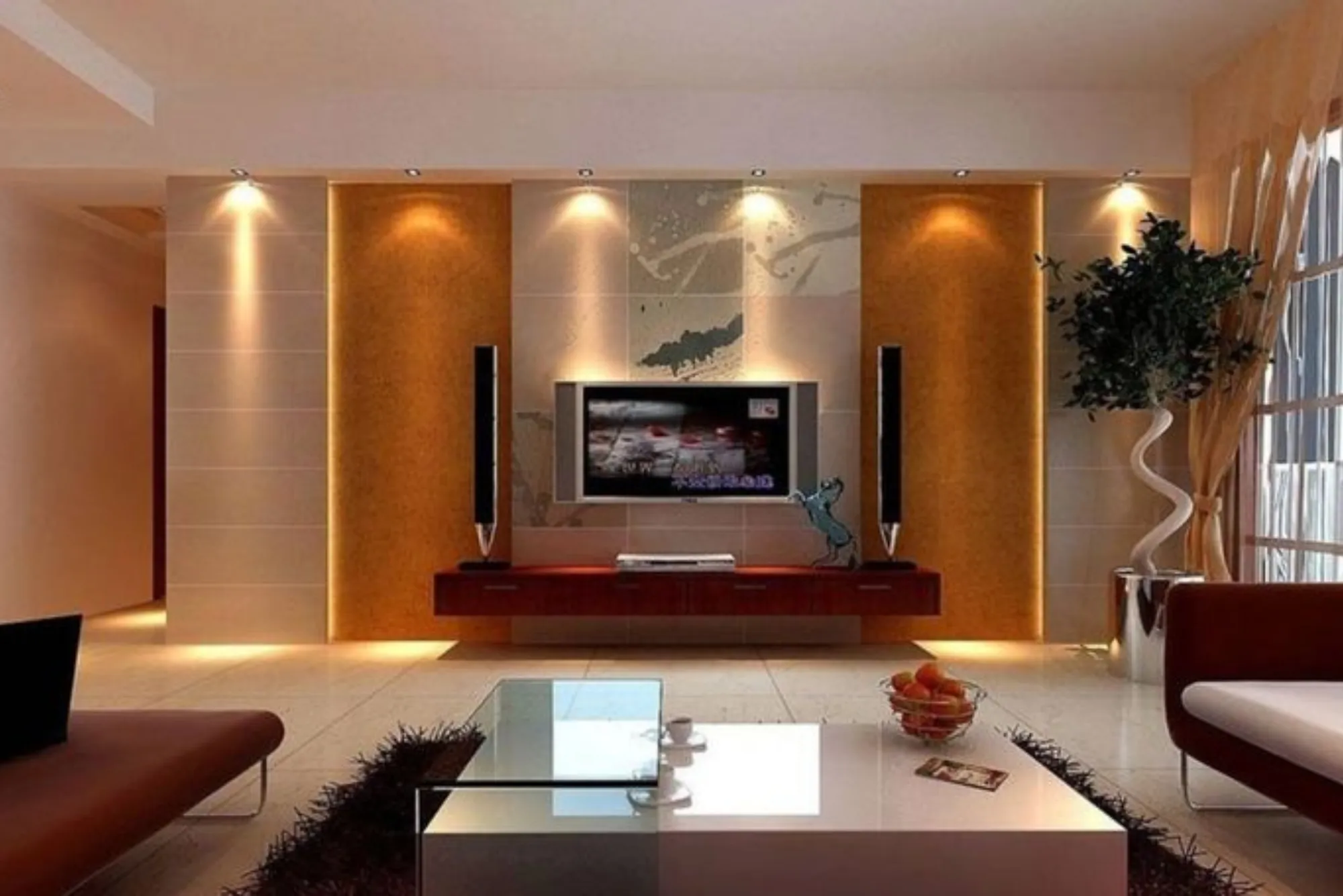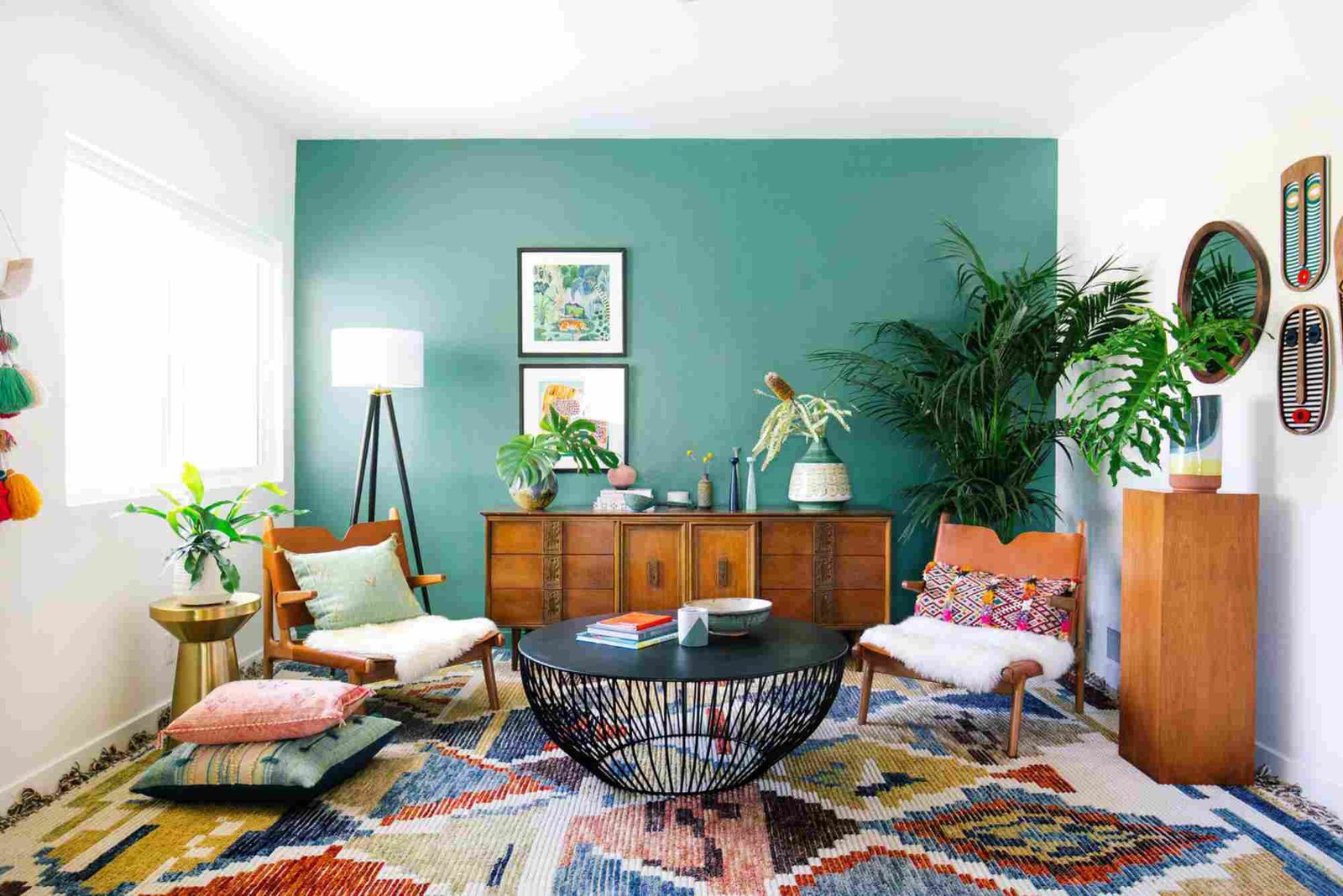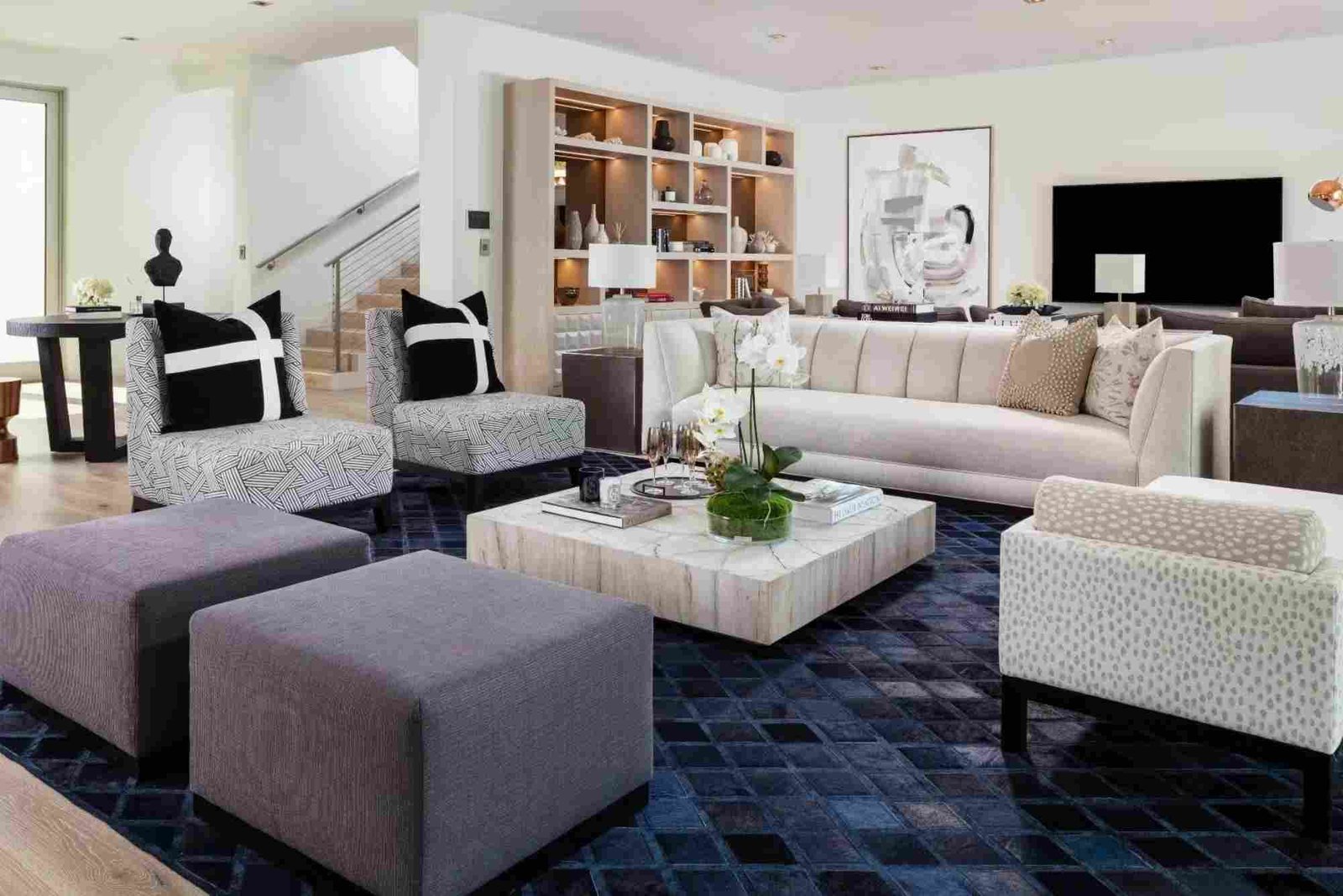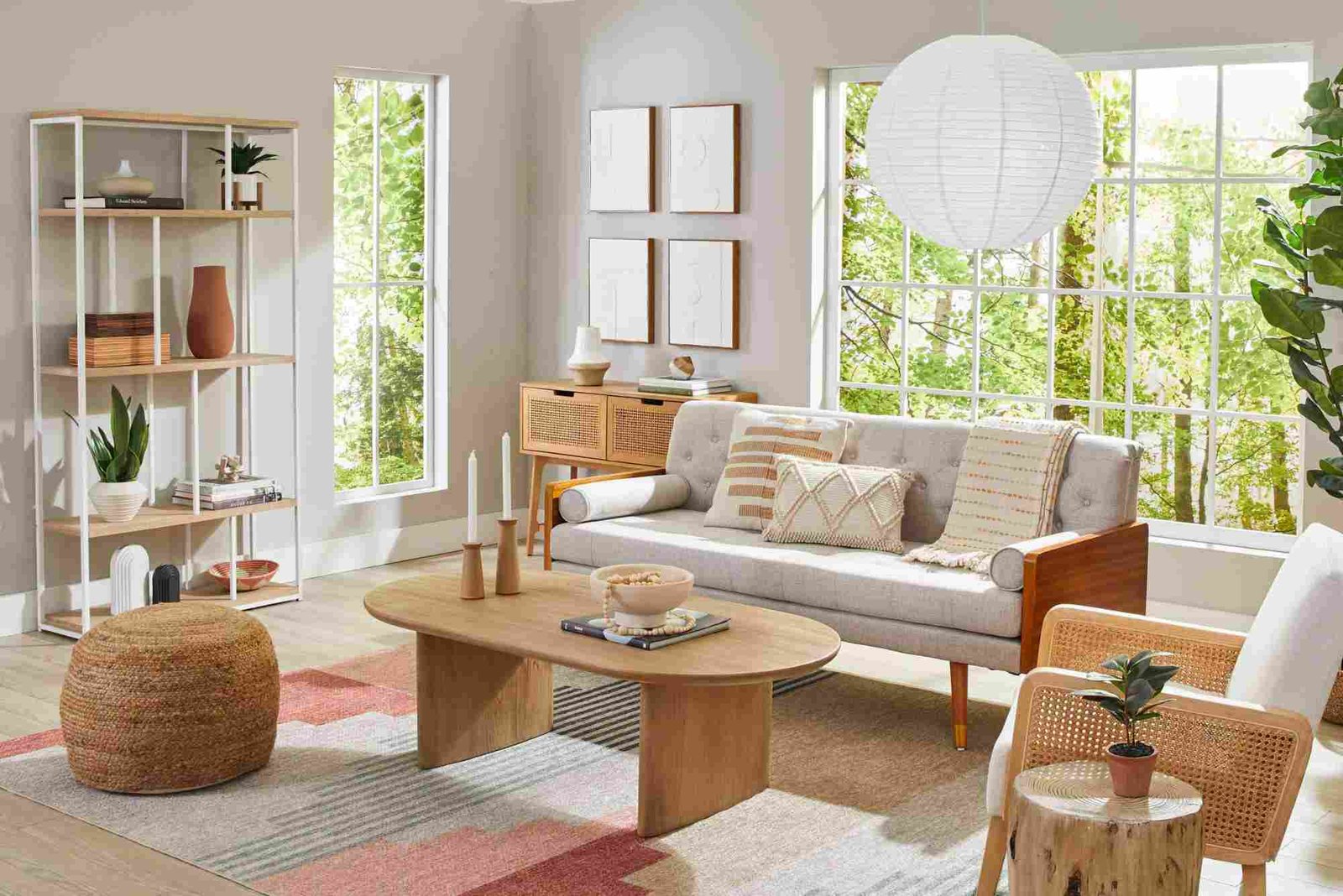Designing a living room that effectively integrates a television requires thoughtful planning and attention to detail, especially when working with a 2D layout. A well-executed design ensures that the TV serves as both a functional entertainment hub and a seamless part of the room’s overall aesthetic. In this comprehensive guide, we will explore the essential aspects of creating an effective and visually appealing 2D design for your living room TV setup.
Understanding the Basics of 2D Living Room Design

A 2D design represents a flat, top-down view of your living room layout, allowing you to visualize the placement of furniture, décor, and the television. This perspective is crucial for maximizing space and achieving a balanced design. When planning your TV setup within a 2D layout, several factors must be considered to ensure that the TV is optimally positioned without disrupting the flow of the room.
2D design helps in preemptively addressing potential challenges, such as awkward furniture arrangements or poor viewing angles, before any physical changes are made. By creating a detailed 2D layout, you can experiment with different configurations, ensuring that the final design will be both functional and aesthetically pleasing.
Choosing the Right TV Placement
The placement of the TV is a pivotal decision in the design of any living room. In a 2D layout, determining the best spot for the TV involves considering its role as a focal point, its relationship with seating arrangements, and how it interacts with natural light sources.
The TV should be positioned in a location where it can be easily viewed from all seating areas in the room. Typically, this means placing it on a wall that is centrally located and free from obstructions. The viewing distance between the TV and the seating should be proportional to the size of the screen, ensuring that viewers can comfortably watch without straining their eyes. This distance is often calculated based on the diagonal size of the TV, which helps in determining how far back the seating should be placed.
It is also important to consider the potential for glare on the TV screen. In your 2D design, identify windows, light sources, and reflective surfaces that could create unwanted reflections. The TV should be placed in a spot that minimizes glare, possibly through the use of curtains, blinds, or strategic lighting.
Selecting Furniture for Optimal Viewing
The arrangement of furniture is another critical aspect of living room design, especially in relation to the TV. In your 2D layout, the placement of seating and storage units must be carefully considered to ensure that the TV is the primary focus without overwhelming the space.
Seating should be arranged in a way that all occupants have a clear and comfortable view of the TV. This typically involves placing sofas and chairs directly facing the screen or at slight angles that do not compromise the viewing experience. The choice of seating, including its style, size, and comfort level, should complement the room’s aesthetic while also serving the practical need of viewing the television.
In addition to seating, the TV stand or entertainment unit is a significant element in the design. The unit should be appropriately sized to fit the TV and the room, providing storage for media players, remotes, and other accessories. In smaller living rooms, wall-mounted units or floating shelves can save space and create a more open feel. These elements should be carefully planned in your 2D layout to ensure they fit harmoniously within the room’s overall design.
Incorporating Aesthetics into the Design
A well-designed living room is one where all elements, including the TV, work together to create a cohesive aesthetic. In a 2D design, this involves considering how the TV will blend with or stand out from the surrounding décor.
The color of the wall where the TV is placed is an important consideration. Darker shades can help the TV blend into the background, making it less obtrusive when not in use. Conversely, lighter colors can make the TV stand out as a focal point. The texture of the wall, whether smooth, patterned, or featuring decorative elements like paneling or wallpaper, also plays a role in the overall visual impact of the TV.
Decorative elements around the TV can soften its presence and make it feel more integrated into the room’s design. For example, placing artwork, framed photographs, or plants around the TV can create a more balanced and harmonious look. These elements should be included in your 2D layout to ensure they fit well with the overall design.
The design of the TV itself, including its frame and stand, should also be considered. Sleek, minimalist designs are often preferred in modern living rooms, while more ornate frames or stands might be suitable for traditional or eclectic styles. These choices should be reflected in your 2D design to ensure that the TV complements the room’s aesthetic.
Enhancing the Design with Technology
Modern technology offers numerous opportunities to enhance your living room design, both in terms of functionality and style. In a 2D layout, it is important to plan for these technological elements to ensure they are seamlessly integrated into the overall design.
Concealed wiring is one such technological consideration. Exposed cables and wires can detract from the appearance of the room, so it’s essential to plan for cable management solutions that keep everything tidy. This might involve running wires through walls, under flooring, or within specially designed cable conduits.
Smart TV features add another layer of sophistication to the design. These features allow you to control the TV through voice commands, smartphone apps, or other smart home systems. Planning for the placement of these devices and ensuring they are easily accessible without cluttering the space is a key consideration in your 2D design.
If your living room design includes a surround sound system, speaker placement should be carefully planned to achieve optimal sound quality. This involves positioning speakers around the room in a way that distributes sound evenly without overpowering the space. The placement of these speakers should be included in your 2D layout to ensure they complement the overall design.
Finalizing Your 2D Design
Once all elements of your living room TV setup have been planned in your 2D layout, it is important to review the design to ensure it meets both your functional needs and aesthetic preferences. This involves double-checking the placement of the TV, seating, and other furniture to ensure everything is proportionate and balanced.
Before making any physical changes to the room, consider using design software that allows you to visualize the space in 3D. This can provide a more accurate representation of how the final design will look and feel, helping you make any necessary adjustments before committing to the layout.
Designing a living room around a TV, especially when working with a 2D layout, requires careful consideration of multiple factors. From choosing the right placement and furniture arrangement to incorporating aesthetics and modern technology, every detail contributes to the overall success of the design. By focusing on these key aspects and using 2D design tools to plan your layout, you can create a living room that is both functional and visually appealing, with a TV setup that enhances the space rather than detracting from it.




